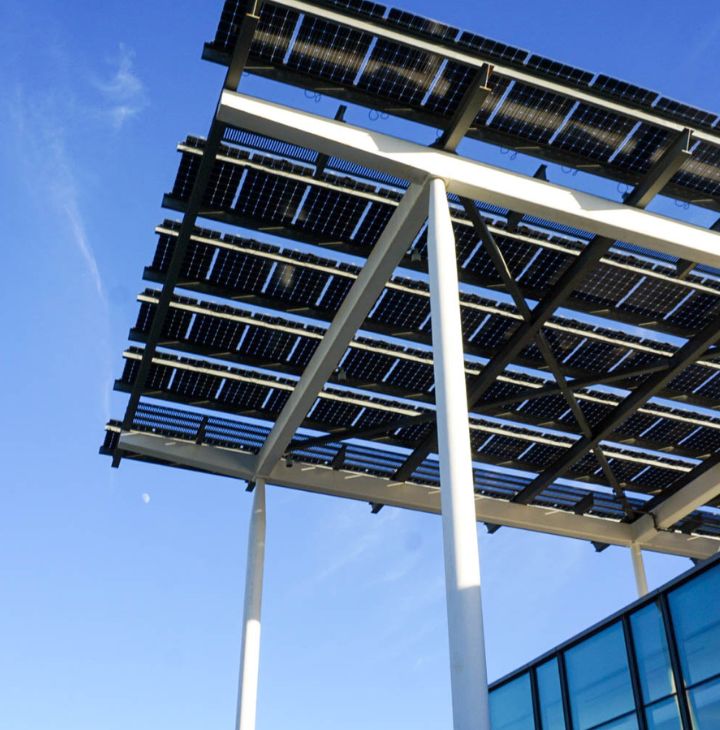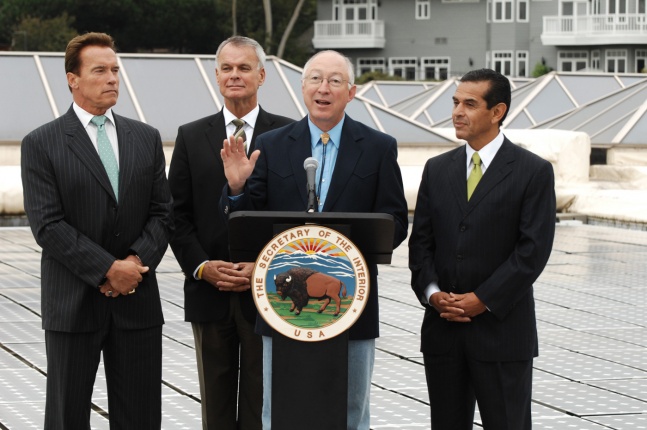Alternative Energy
Why is is Important?
In the United States, nearly 40% of climate-altering carbon emissions come from residential and commercial energy use. Much of this energy is produced from non-renewable sources such as coal and natural gas, which contribute to air pollution, harm human health, damage ecosystems, and drive global climate change.
At LMU, energy use accounts for over 60% of the campus carbon footprint. As energy costs continue to rise, transitioning to cleaner energy sources is not only environmentally responsible but also financially prudent.
In California, electricity generation comes from a mix of energy sources:
-
Natural Gas: 34.5%
-
Solar: 14.1%
-
Wind: 13.3%
-
Nuclear: 13.3%
-
Coal: 12.6%
To reduce our environmental impact and lead by example, LMU is committed to expanding the use of alternative energy. This includes integrating clean energy sources such as solar power to support our long-term goal of achieving carbon neutrality.

What is LMU Doing?
As Part of LMU’s commitment in 2003 -2005, Loyola Marymount University installed $4.5 million worth of solar panels on three of its largest buildings - Gersten Pavilion, University Hall, and the Von der Ahe Library. It was the largest solar electric rooftop system at any university in the world and the largest system in Southern California at the time. Due to an innovative partnership between LMU, the Los Angeles Department of Water and Power (LADWP), the Southern California Gas Company, and solar electric company PowerLight, the project expense was offset by rebates, resulting in an actual cost to the University of only $325,000. Encompassing a combined 81,000 feet of rooftop, the total project generates over 1,300,000 kilowatt hours annually.

LMU Solar Panel Usage
| Life Sciences | Von der Ahe | University Hall | Gersten Pavilion | Campus Total | |
|---|---|---|---|---|---|
| Install Date | 2/16/2016 | 4/1/2003 | 4/1/2003 | 5/1/2005 | N/A |
| Square Footage | 7,983 | 13,540 | 43,330 | 25,000 | 89,853 |
| Type of Module | Sunpreme SNPM GxB - 280 watt | Shell Solar SP-75 - 75 watt | Shell Solar SP-70 - 70 watt | Double Shell SP-70 & SQ-85 - 70 watt | N/A |
| Number of Panels | 451 | 1,664 | 5,330 | 1,209 | 8,846 |
| Yield kWh (Calculated) | 200,690 | 194,050 | 583,715 | 355,706 | 1,334,161 |